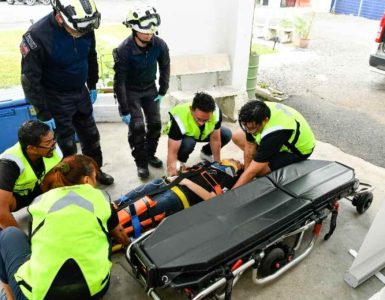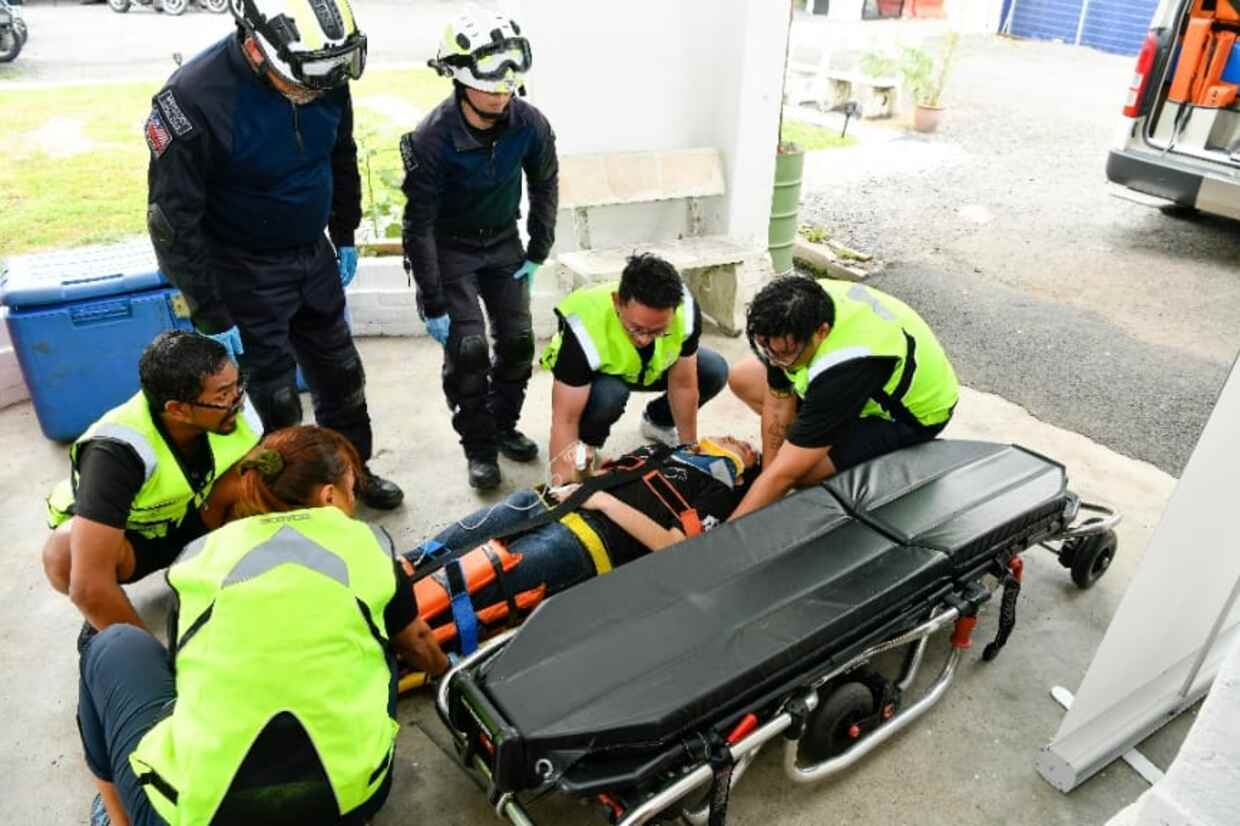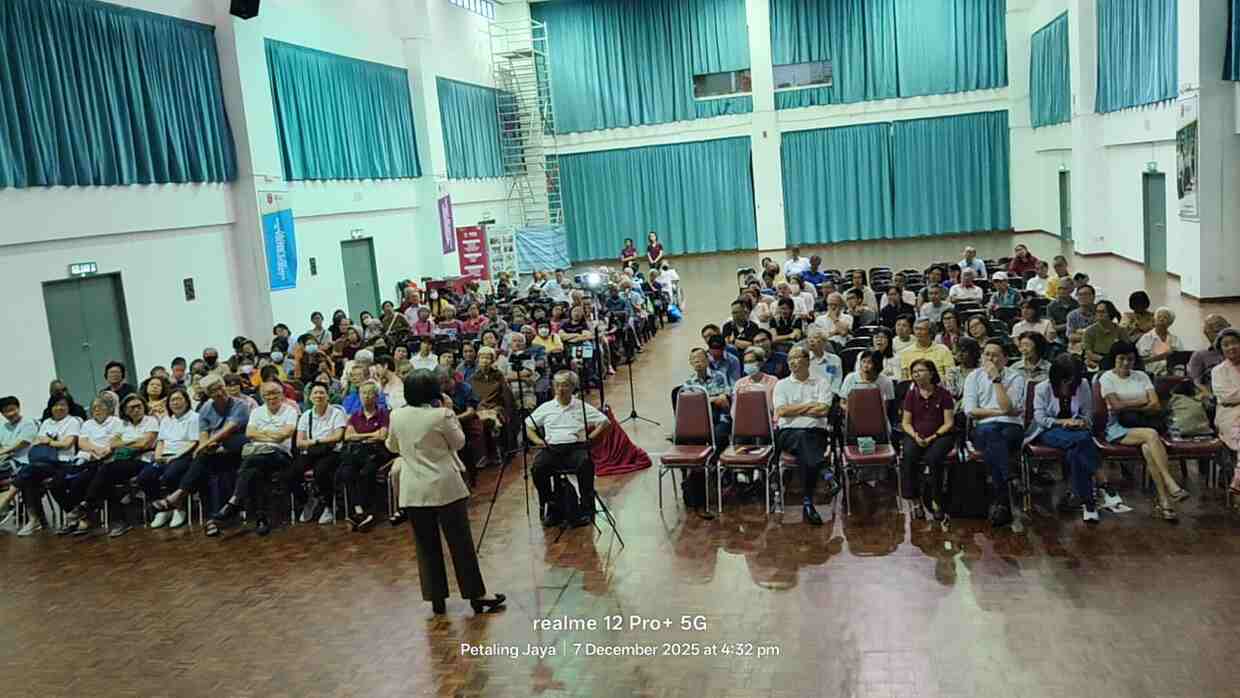As the Northeast Monsoon season approaches, the Mineral and Geoscience Department has identified landslide hotspots across the country, raising concerns about potential risks to communities and infrastructure. In a proactive effort to ensure public safety, the department is actively promoting awareness of the signs and symptoms of potential landslides.
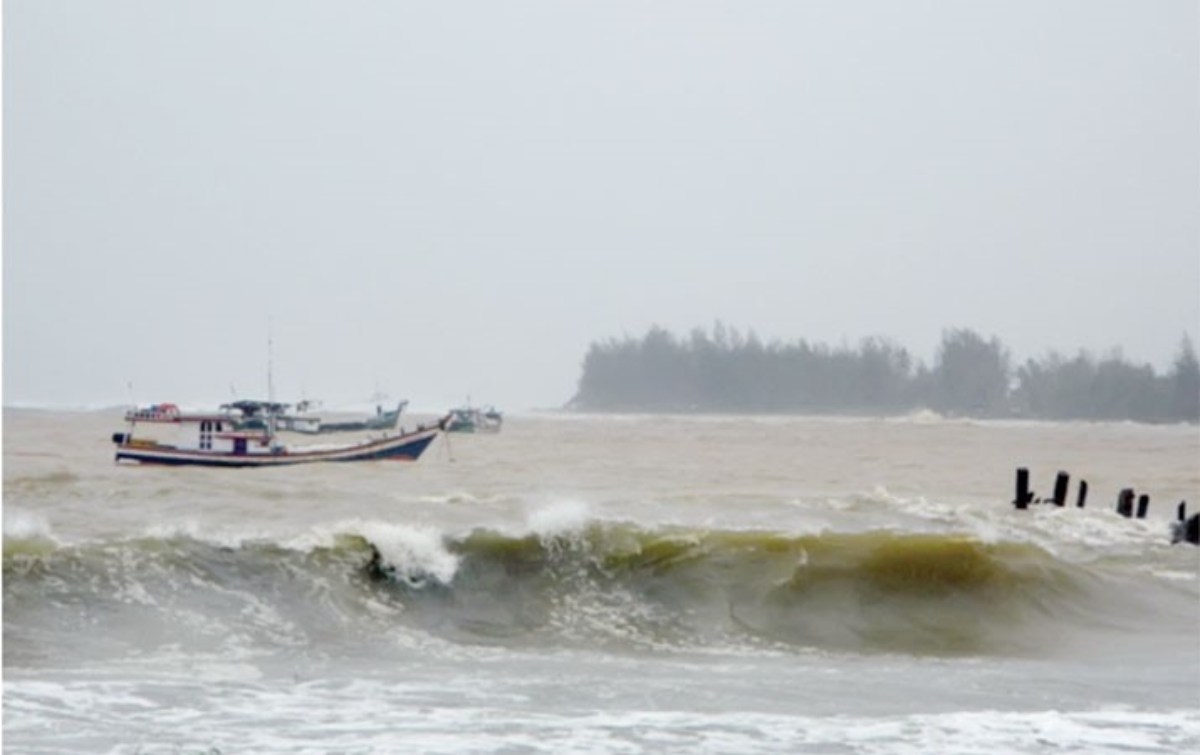
31 landslide hotspots nationwide
The Mineral and Geoscience Department has identified 31 hotspots at risk of landslides nationwide, with a specific focus on areas surrounding the Klang Valley, Tanjung Bungah, Paya Terubong, Ipoh, Cameron Highlands, Kundasang, and Bau. These regions have been designated as susceptible to landslides as the Northeast Monsoon season is expected to commence this November.
Public awareness and education are pivotal in preventing the loss of life and property caused by landslides. The Mineral and Geoscience Department underscores the significance of citizens understanding the risks and remaining vigilant. With the right knowledge and vigilance, individuals and communities can take proactive measures to minimize these risks. In this article, we will explore the key indicators of impending landslides and outline the crucial steps the public should take to protect themselves and their communities.
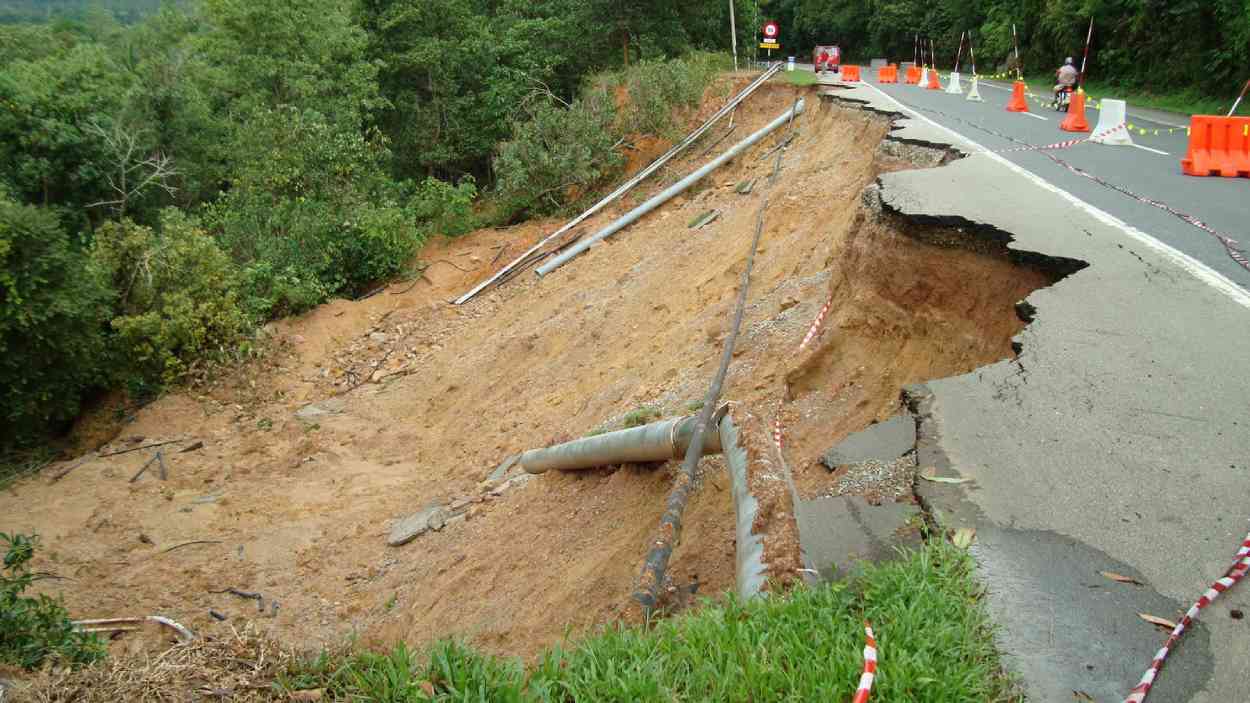
Recognizing the signs: What to watch for
Landslides are regrettably a frequent occurrence in Malaysia, with a 2011 report estimating an average of 100 landslides, whether reported or not, happening each year. While landslides can occur suddenly and without warning, they often exhibit telltale signs before they happen. Therefore, it is crucial for residents in high-risk areas to remain vigilant and informed about these early indicators:
1. Unusual Sounds and Noises
If you hear strange sounds like cracking, rumbling, or the shifting of rocks and earth, it could be an early sign of a landslide. These noises often precede a landslide, and they are nature’s way of alerting you to potential danger.
2. Changes in water flow
Sudden changes in the flow of water in streams, rivers, or drainage systems can indicate the possibility of landslides. An increased flow of water, accompanied by mud or debris, could signify an impending landslide upstream.
3. Cracks and fissures
Visible cracks or fissures, whether on hillsides, roads, or within structures, are clear warnings of potential instability in the ground. They are early signals that the earth may be shifting, and it’s crucial to take these signs seriously as they may precede a devastating landslide.
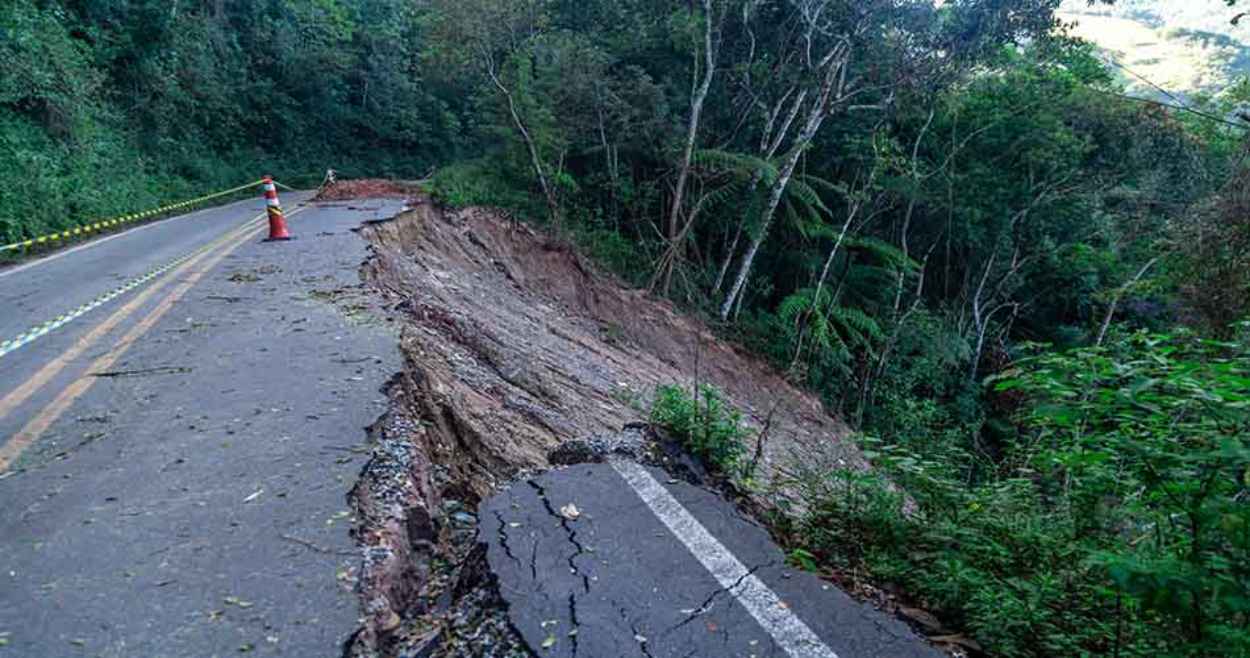
4. Tilted trees and utility poles
If you notice trees or utility poles leaning more than usual, it could be a result of soil movement and instability. Trees often reflect the condition of the ground beneath them, and leaning trees may indicate a heightened risk of landslides.
5. Deposits on roads and pathways
The sudden appearance of small humps, cracks, or debris deposits on roads, pathways, or driveways should be taken seriously. These signs may indicate that the soil is shifting and sliding downhill. When you observe such deposits, it is essential to consider them as potential warnings of impending landslides
What to do if you suspect a landslide
Recognizing the signs of a potential landslide is just the first step in ensuring your safety and the safety of those around you. If you observe any of these signs, here’s what you should do:
1. Evacuate immediately
If you have any reason to believe that a landslide might occur, it’s crucial to evacuate the area as quickly as possible. Gather your family and move to higher ground or a safe location.
2. Alert authorities
Contact the Mineral and Geoscience Department or relevant local authorities to report your observations and provide them with as much information as possible. Quick action on their part can help mitigate the situation and protect lives and property.
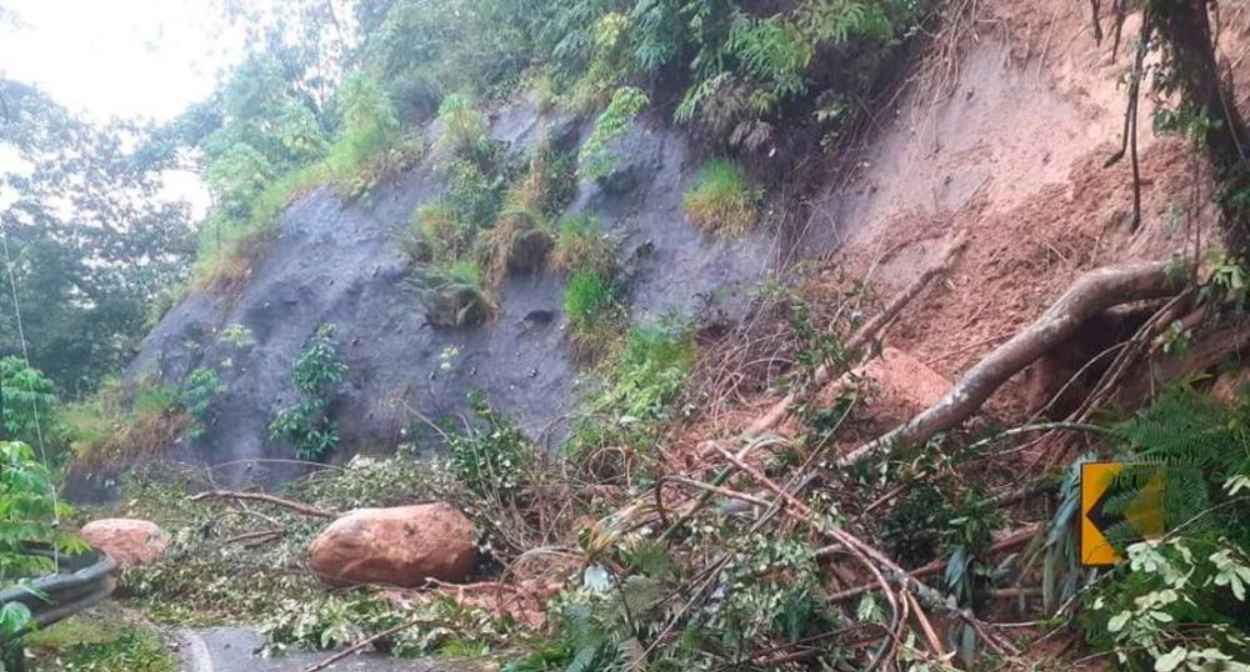
3. Avoid driving through risky areas
If you’re aware of a landslide risk in your vicinity, avoid driving through areas that could be affected. Landslides can block roads and make them dangerous or impassable.
4. Do not return to the affected area prematurely
After a landslide, do not return to the affected area until it has been declared safe by authorities. Secondary landslides can often occur in the aftermath, and returning too soon could put you at risk.
Online portal for reporting landslide risks
To further involve the public in landslide prevention, the Mineral and Geoscience Department has launched an online portal for reporting potential risks. By visiting https://mygems.jmg.gov, residents in high-risk areas can seek more information, lodge complaints, and relay information about potential landslide threats to the authorities.
Recognizing the early signs of landslides and promptly reporting them to the authorities can make all the difference in preventing disaster. By staying informed and acting responsibly, we can protect our lives and property from the potential dangers of landslides.



